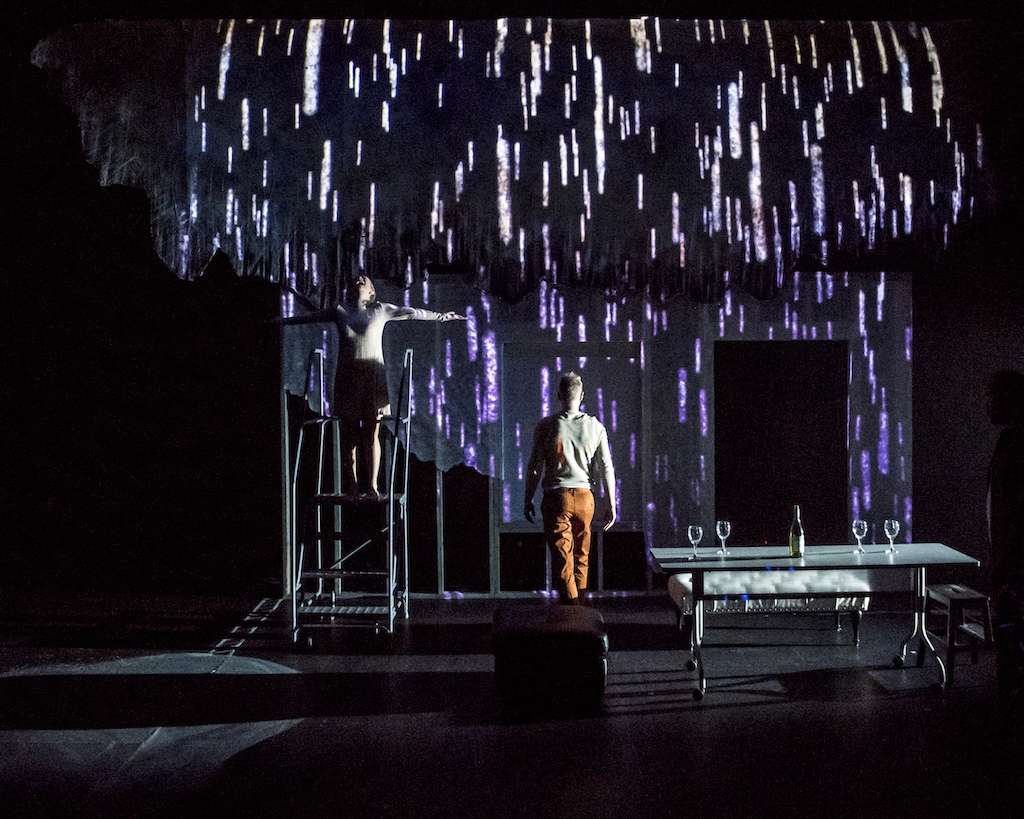About
Our History & Mission
The Associated Designers of Canada (formally named the Associated Designers of Canada, Television, Film, and Theatre) was founded in 1965 by a group of Toronto-based designers. Their intent was to form a union to support designers working in television, film, and theatre.
While union status was not achieved at that time, a number of designers continued to build the organization. By the late 70s, initiatives to be recognized by the nascent Professional Association of Canadian Theatres (PACT) resulted in an agreement for formal contract negotiations. This compelled ADC to develop a Standards and Working Procedures document. This document was the catalyst to a growth in membership across Canada. It demonstrated what the organization could do for its members and took a necessary step toward the creation of a supportive National design community.
In 2009, the decision was made to focus solely on theatre and rebrand the organization as the Associated Designers of Canada. The ADC was granted National Arts Service Organization status by the Department of Canadian Heritage. This status enables the ADC to expand its reach and programming into sectoral-wide advocacy and support.
In 2020, ADC formed an affiliation with the International Alliance of Theatrical Stage Employees, Moving Picture Technicians, Artists and Allied Crafts of the United States, Its Territories and Canada (IATSE) and created the new autonomous IATSE Local ADC659.
Our objectives:
- Promote theatrical design as an art form and artistic profession in Canada.
- Raise professional and public awareness of design and the importance of its role in the Canadian theatre industry through leadership and advocacy.
- Provide assistance and support to the professional interests of all designers working in the Canadian theatre industry, at any stage of their career.
- Contribute significantly to the vitality of the creation, production, and presentation of theatre in Canada.

Statement of Principles
The Associated Designers of Canada (ADC) is committed to ensuring that our members, and all theatre industry practitioners, work in a safe, respectful, and inclusive environment regardless of age, ability/disability, education, ethnicity, gender identity or expression, language, national origin, political beliefs, race, colour, religion, sexual orientation, marital, or family or socio-economic status. This list is not exhaustive and may be updated with inclusive language to uphold equity and autonomy for all marginalized populations.
As a member-driven organization, the culture of the ADC is shaped by artistic, humanistic, and democratic participation. The ADC represents and amplifies the unique artistic visions of designers. Our collective community is shaped by our relationships, how we treat and care for each other, how we express respect and mutual support, and continued acts of cooperation. We remain committed to good governance and clear rules around practices of transparency and accountability. Our reporting, representation, and decision-making will be clear and relevant.
All creative work spaces must be free of harassment, discrimination, bullying, and intimidation. These spaces must encourage and enable those within them to dismantle systems of oppression. No other standard is acceptable. All individuals working in the theatre industry must be able to address grievances without risk that an institutional power will silence them. We strive for all rehearsal halls, theatres, performances spaces, workshops, fitting rooms, studios, board rooms, offices, and creative spaces to be safe and supportive of artistic work. The ADC recognizes that many artists in the industry face the risk of jeopardizing their livelihoods by speaking up. We endeavor to change this dynamic so that no voice is silenced.


Board of Directors
Toronto, On

Toronto, ON

Toronto, ON

Toronto, ON

Toronto, ON

Edmonton, AB

St. John's, NL

Halifax, NS

Toronto, ON

Vancouver, BC

Land Acknowledgement
The office of the ADC is located in Tkaronto, under the Dish with One Spoon Wampum Belt Covenant, a treaty between the Anishinaabe, Mississaugas and Haudenosaunee. The belt represents unity and harmony, and also a covenant with nature. It reminds us of three basic rules: take only what you need, always leave something in the dish for everybody else, and keep the dish clean (Nahwegahbow, 2014). The treaty encourages all who live on this land to be caretakers of the land, to take care of one another, and learn from each other. (Hill, 2020). We recognize that while the use of the internet and virtual platforms provides us with access to the design community across these lands and waterways, a paradox exists because of how these technologies have a significant carbon footprint, and contribute to changing climates that disproportionately affect Indigenous peoples here in this country and around the world.
We invite everyone to learn more about the treaties, languages, and territories associated with the land that you are on. Click here to find out more.